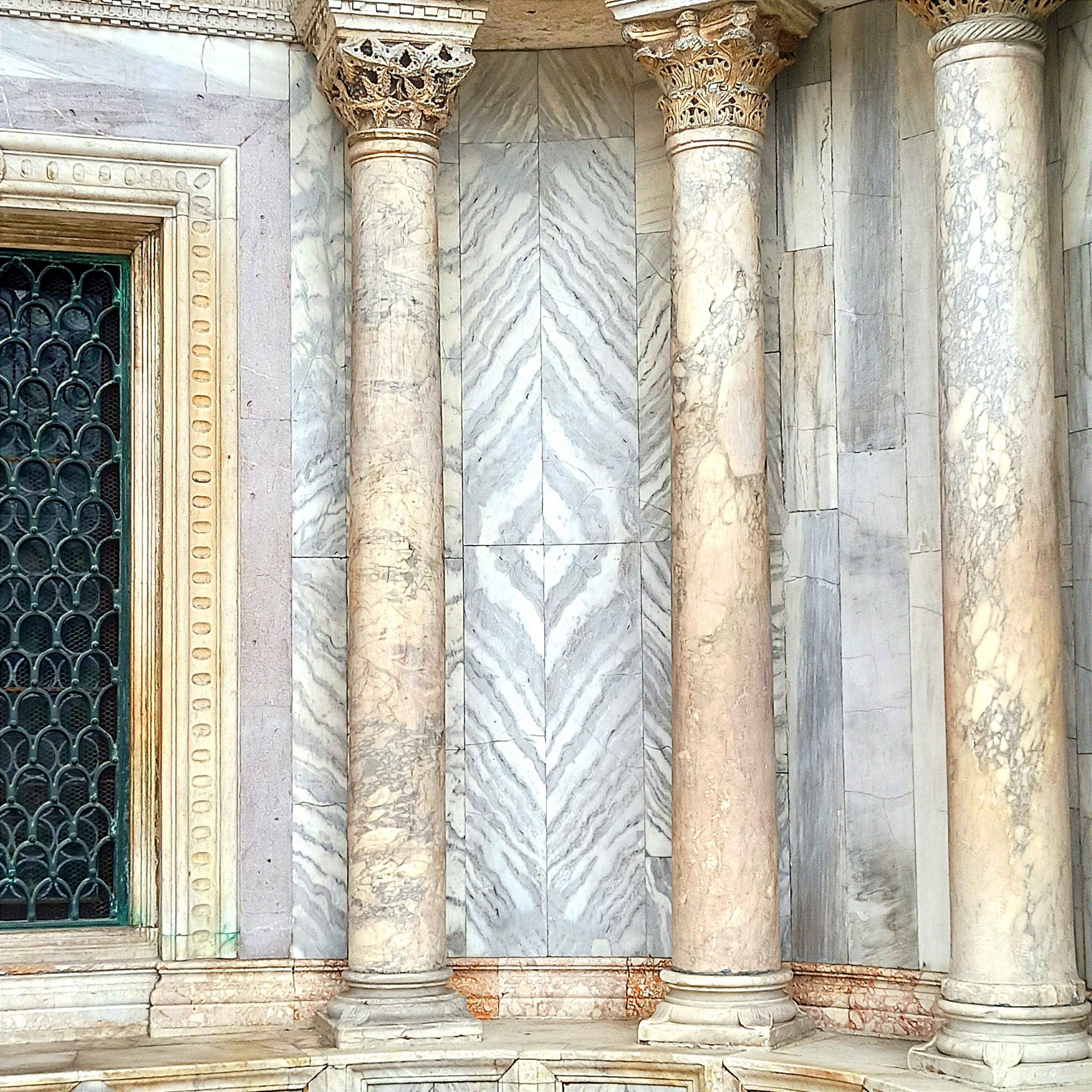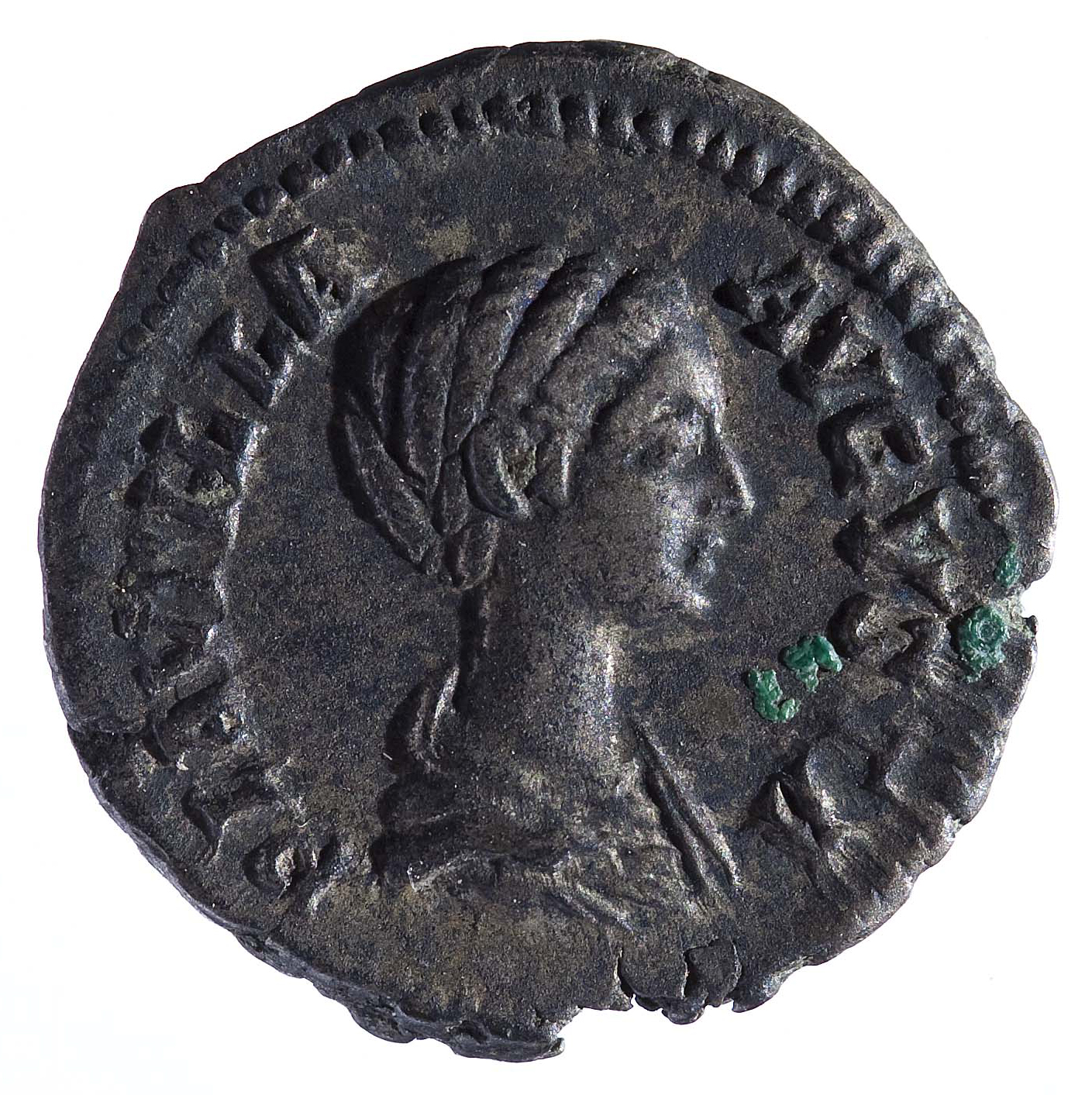
Stories of St. Mark Square. Symbol, pride and mirror of the Republic
You may recall that in a previous post, we dealt with the routes through which many ancient marbles reached Venice. In reality, coloured marble has travelled extensively from the classical period untill today, greatly appreciated for its beauty, symbolic meaning, and economic value. Fortunately, many ancient marbles ended their journey in the lagoon city, finding an ideal location in St. Mark Church. Its internal and external marble decoration is strong testimony, «as well as of the faith, of the munificence and wealth of the Venetian people». The most important church in Venice, in fact, «had to be at the same time the symbol, the pride and the mirror of the Republic».
The Marcian monument shows an incredible typological richness of marble and stones. It is possible to say little about its first two construction phases; however, we should emphasize that the floor in the oldest parts already shows the most famous lithotypes used by the Romans and the Byzantines. From the 13th century onwards, bare stones arrived from Constantinople and the remains of the Greek-Roman cities of Greece, Asia Minor, and the Near East, placed along the Venetian routes in the Levant. An example is the large quantities of Greek marble columns – green marble (Cipollino verde or Carystian) and white-grey marble (Proconnesian) – transported into the lagoon. Stones of primary quarrying also arrived in the city from the West – such as Istrian stone and Arbe breccia from Dalmatia – and from the East – such as Proconnesian itself, quarried in blocks on the island of Marmara, under the control of the Latins for about sixty years after the conquest of Constantinople in 1204.
Already used in the classical and Hellenistic ages, Proconnesian marble was utilised in Roman times to produce columns and other architectural elements but also sarcophagi, basins, and fountains. In the 1st century AD, the quarries probably became imperial property. It was then the most used marble throughout the Byzantine and Ottoman periods. It had a constant fortune thanks to its good quality, the proximity of the quarries to the sea, and the extent of its deposits. In the Middle Ages, it was the most common marble in both private and public buildings in Venice, where they called it ‘Greek marble’. In other Italian cities, its name was sometimes ‘fetid Greek marble’ or ‘ marble onion’ for the acrid smell it emits when worked.
This material makes up the columns and cladding of the oldest Romanesque buildings in the city, for example, Ca’ Loredan and Ca’ da Mosto, but also pillars and architraves of church portals such as at Frari and San Giovanni e Paolo. However, we can say that the Proconnesian is the ‘marble of the Basilica’ where inside and outside reused columns can be distinguished, white and striped or zoned in grey, but also claddings, for example, on the western facade, with ‘book-matched’ slabs. The latter, obtained with special cutting and application techniques, show an elaborate concentric lozenge pattern similar to certain precious fabrics.
Finally, the coloured stones in St. Mark basilica not only respond to a specific aesthetic taste but also have symbolic meanings – closely connected with the Byzantine marble tradition – which make their placement in the various points of the church anything but casual. Ancient red porphyry, in ancient times compared to purple, was the stone par excellence of emperors. Thus, porphyry slabs mark the main entrance of the church and that of the presbytery and stay in front of the main altar; they had the task of recalling the majesty and reign of Christ. The Green marble (Carystian), which looks like a cut trunk, evoked the wood of the Holy Cross. The marble of Iasos (Cipollino rosso), similar to blood veins, made one think of the sacrifice of martyrs, while the sagarium marble – called ossipetro by Venetian stonemasons – to the relics of saints. The Thessalian or Ancient green marble, used for the chest containing the remains of St. Mark, evoked the hope of a better life in the afterlife. The two pulpits of the transept are in red porphyry slabs (the one on the right) to recall the kingship of the Saviour and in Thessalian marble (the one on the left) to testify to his resurrection.
You will be able to deepen these topics on 16 March, when, as part of the cycle of informal meetings of the National Archaeological Museum of Venice entitled Stories of St. Mark’s Square, we will welcome Professor Lorenzo Lazzarini of the Istituto Veneto di Scienze, Lettere ed Arti, Venice. The professor will talk about the ‘stone mantle’ of the Basilica and will guide us in recognizing the various species of marble that adorn its external facades.
MDP
For quotes and insights:
L. Lazzarini, Le pietre e i marmi colorati della Basilica di S. Marco a Venezia, in Storia dell’arte marciana: l’Architettura, edited by R. Polacco, Venezia 1997, pp. 309-326; I marmi e le pietre del pavimento marciano, in Il manto di pietra della basilica di San Marco a Venezia. Storia, restauri, geometrie del pavimento, edited by M. Emmer, L. Fregonese, L. Lazzarini, R. Paier, E. Vio, Venezia 2012, pp. 51-107; Il reimpiego del marmo proconnesio a Venezia, in Pietre di Venezia. Spolia in se spolia in re, edited by M. Centanni, L. Sperti, Roma 2015, pp. 135-157.
Thursday 16 March, 5.15 pm
Piazzetta San Marco, 17
L. Lazzarini – East and West in the marbles of St. Mark church
Reservations on 041 29 67 663




